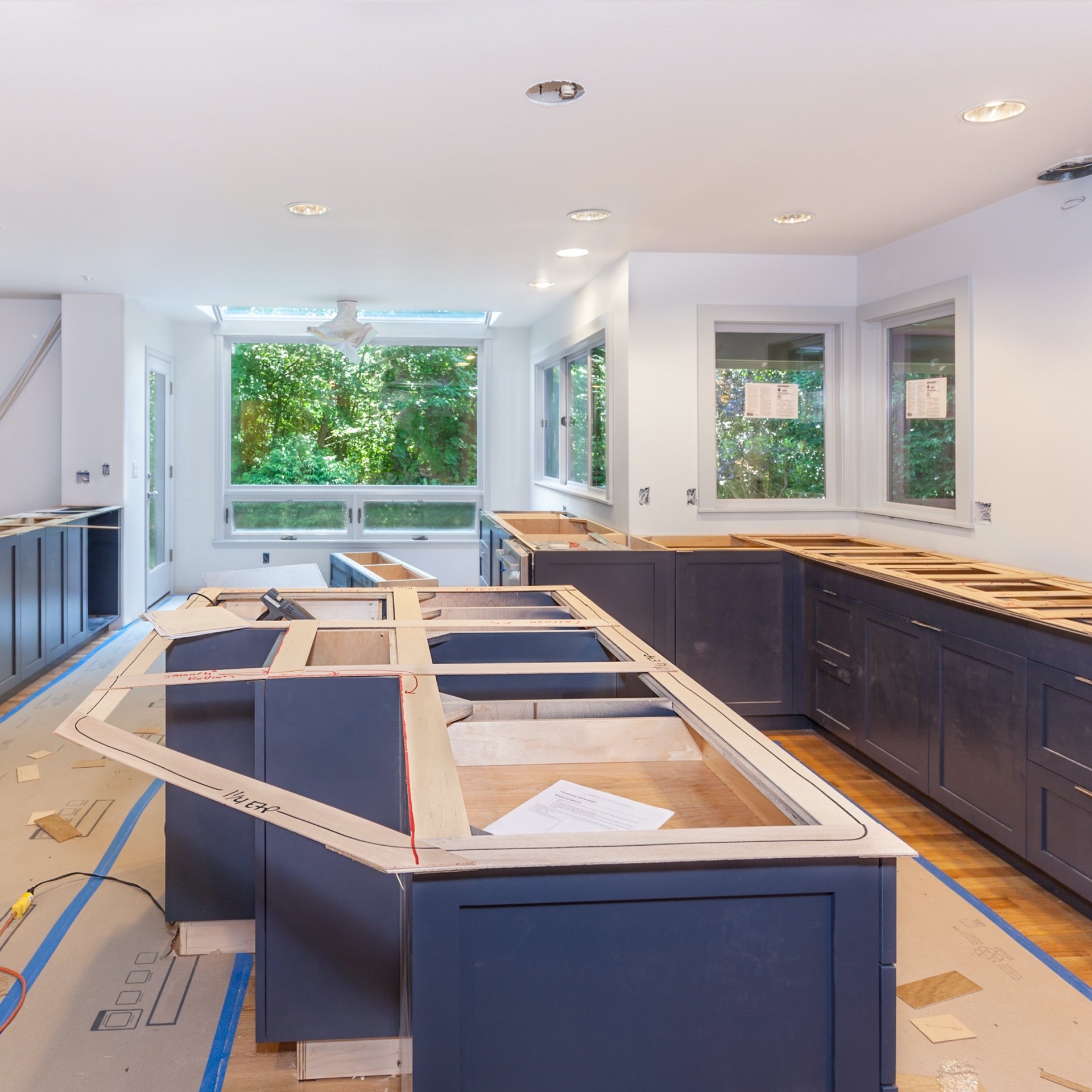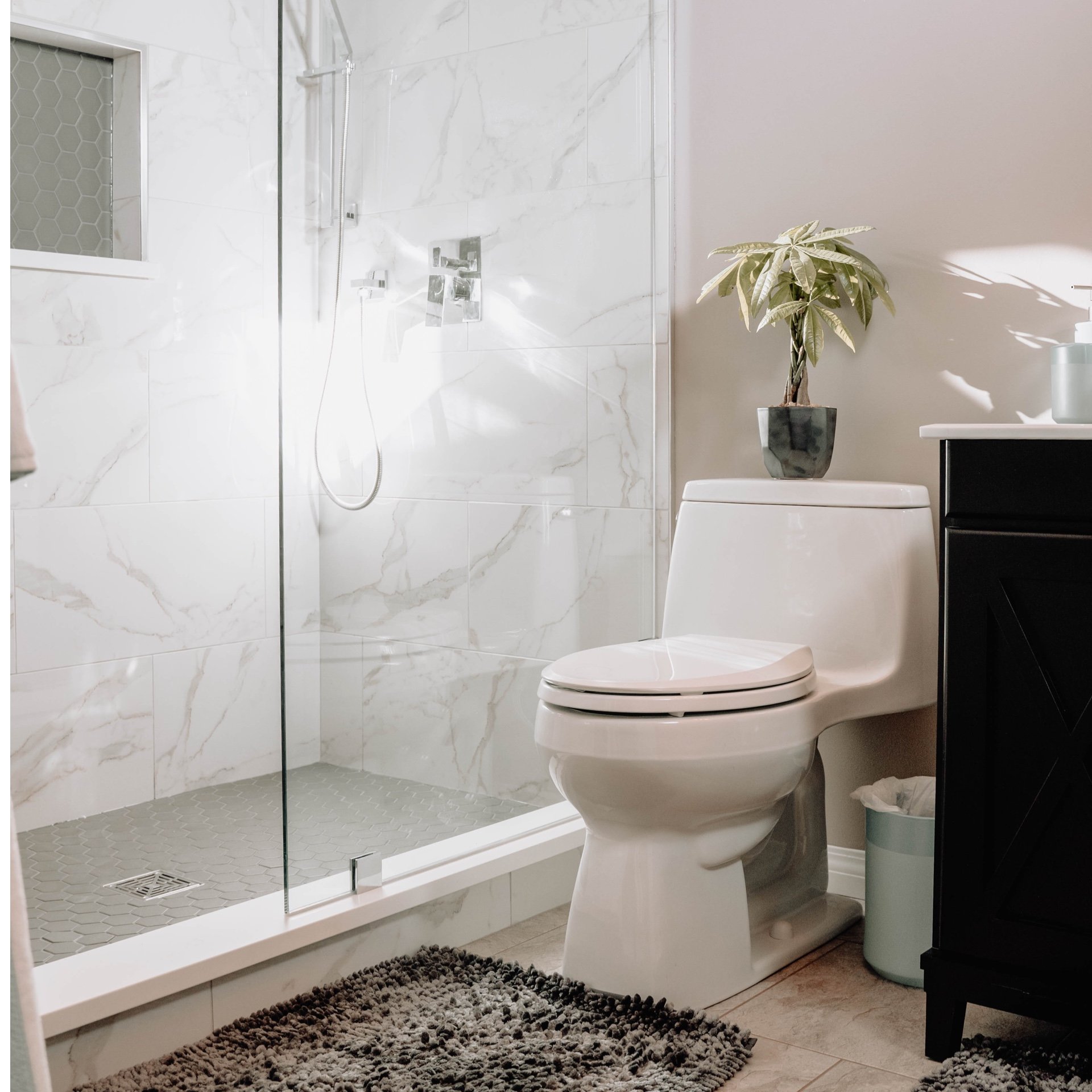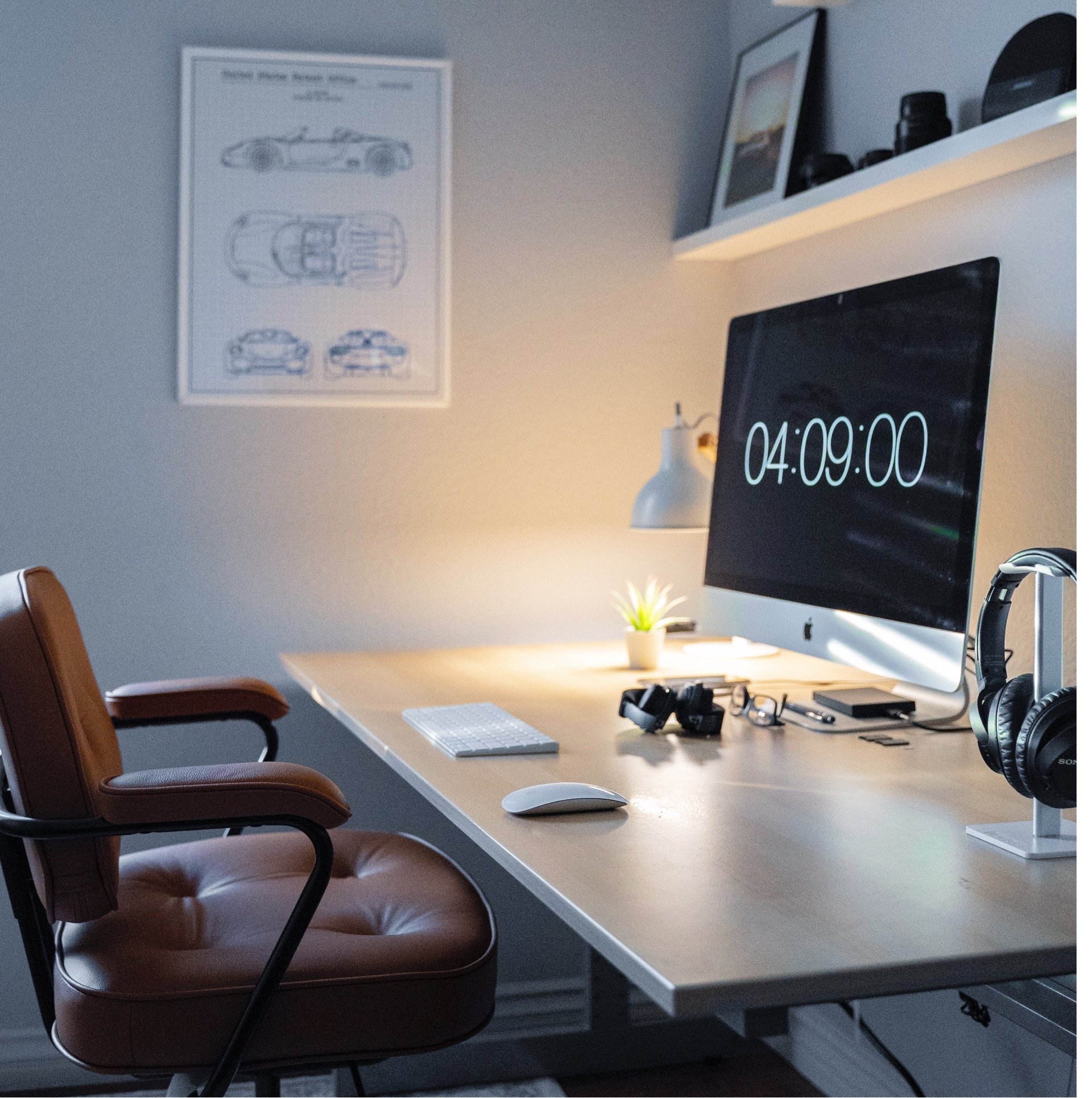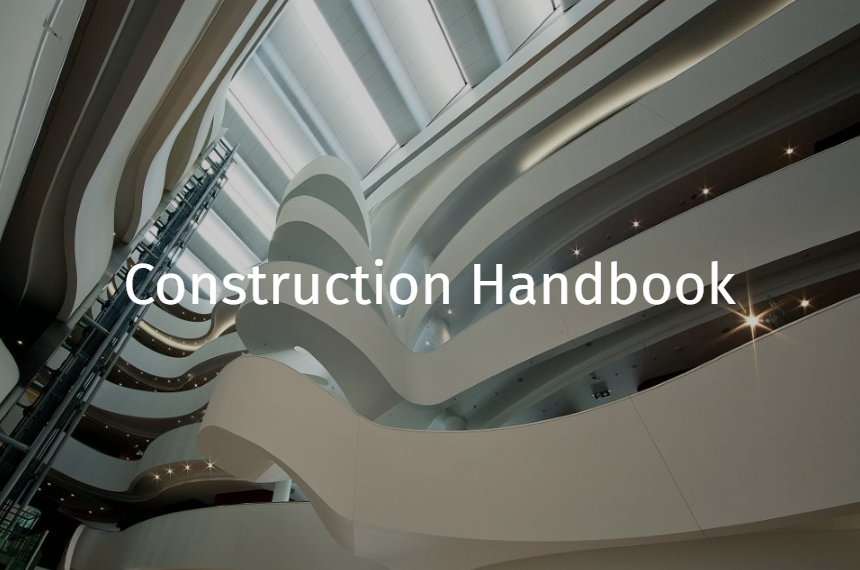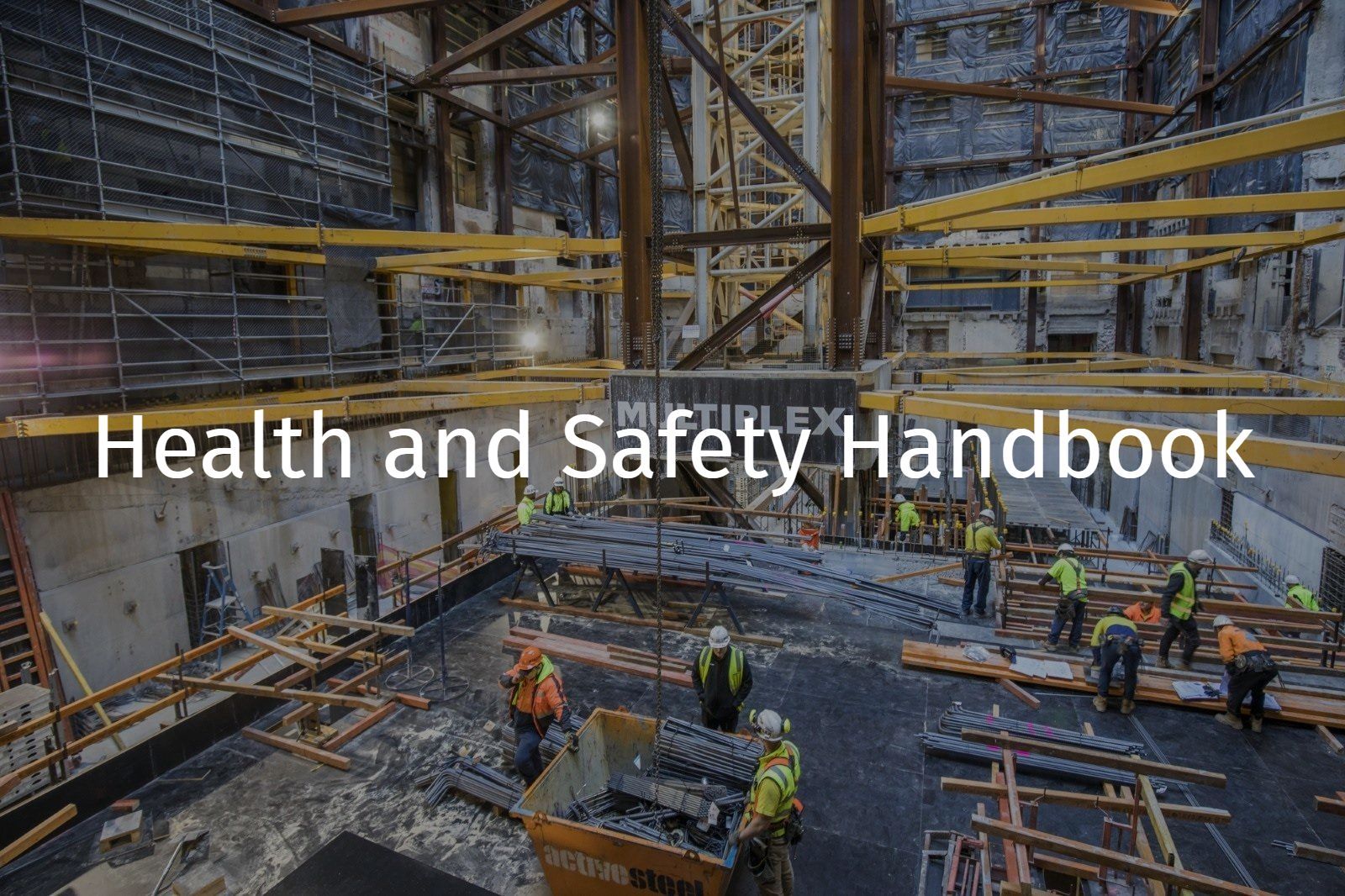Work Boxes / Rescue Cage
References: R Record keeping requirement | E An engineering/certification requirement | P A permit to work requirement | S A safe work method statement (SWMS) / written plan
Informative
A work box means a personnel carrying device designed to be suspended from a crane to provide a working area for a person elevated by and working from the device
A crane-lifted work box also includes a rescue cage. Rescue cages should be clearly identified and marked rescue cages (or similar i.e first aid) and only be used to retrieve injured people.
Design
E Work boxes must be design-registered with the regulatory authority, a copy of the design registration certificate must be retained on site.
Work boxes must be stamped or be provided with a stamped metal data-plate, securely and permanently attached in a prominent position, and stating the following design information:
- The maximum hoisted load (kg)
- The safe working load (kg)
- The tare mass (kg)
- Minimum allowable (rated) crane capacity (kg)
- Identification reference (design registration certificate reference number)
- Serial number.
E Work-boxes must be designed with an adequate number of lifting attachments to provide an adequate distribution of the design load in relation to the size of the work-box.
E The floor of the work-box must be flat and slip-resistant. The floor must be designed to accept the design load concentrated in 30% of the floor area in all locations.
E The work-box must be designed with protection on each vertical side, not less than 1 m high measured from the floor. Each side and infill must comply with AS 1657.
E In addition to the protection, a hand-rail must be fitted inboard of the top edge suitably positioned to minimise risk of injury to hands. The hand-rail must comply with AS 1657.
E An access gate must be provided and should be at least 500 mm in width, open inwards (where practicable), be self-closing and self-locking and be permanently attached to the work-box.
E The work-box must be provided with one or more anchor points for connection of fall arrest/restraint device/s.
E The anchor point must be capable of withstanding the forces specified in AS/NZS 1891.1.
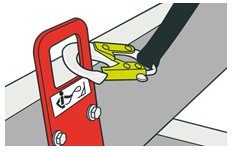
Overhead and proximity hazards (i.e. power-lines, building structures, trees) must be assessed prior to use of the work-box. Suitable exclusion / clearance from these hazards must be established .i.e. above and below.
An effective method of communication between occupants of the work-box and the crane operator must be established prior to use (e.g. two-way radio) - with back-up system such as a radio or whistle.
S A SWMS for the use of work-box with a crane must be developed and implemented.
R All personnel involved in the task (crane operator, dogman, work-box occupant/s) must be inducted into the applicable SWMS and hold valid records of training / competency, evidence must be retained on site, refer to:
A crane used with a work-box must be:
- Be equipped where practicable with a secondary back-up system that will prevent the load from falling if the primary lifting device fails
- Fitted with a safety hook or moused accessory
- Equipped with controls that return to neutral position when released and this action causes the motion to stop
- Equipped with power lowering
- Equipped with a positive free fall lockout control so that inadvertent disengagement of the lockout is not possible e.g. secondary brake
- Fitted with an upperlimit motion-limiting device
- Fitted with a downlimit motion-limiting device, if the workbox is to be lowered below the crane supporting surface
- Such that at the maximum radius of the task to be performed, the crane has a minimum rated capacity of 1000 kg or 200% of the hoisted load (whichever is greater) and
- Such that, when the jib or boom of the crane is at its maximum radius for the task to be performed, the rated capacity of the crane in this condition, when divided by 2, is equal to or greater than the total load of the workbox and its contents.
Operational
S Where a work box is to be used to suspend a person from a crane, the workbox occupier and crane operator must follow written instructions for the use of the workbox and crane detailed in the SWMS.
- The instructions must set out the conditions of use and must be reviewed and signed by MPX site management representative, the crane operator and workbox occupier(s).
P WA - A Permit to Work - Work Box must be implemented.
- The permit to work Work box is not required in the case of an emergency; all other aspects for work box use apply.
The rated capacity of the workbox must not be exceeded, taking into account the weight of the operator, any occupants and materials/equipment.
The work-box must only be used to lift personnel and materials necessary to carry out the work.
Personnel and materials must be securely confined within the work-box.
Personnel must wear a fall arrest/restraint device, with the lanyard attached to the anchorage point on the work-box. Refer to:
- Fall Injury Prevention Systems
The crane operator must remain at the controls of the crane at all times while the work-box is suspended.
All movements of the crane must be carried out under power and free fall lockout must have been applied.
Mobile cranes must not travel while people are in the work-box.
Movements of the work-box must be at slow speeds with minimum acceleration and deceleration.
The work- box must not be secured to any structure except at designated landing(s).
Flammable liquids, oxy-acetylene cylinders, and similar flammable liquids should be secured and housed in a separate compartment from the occupants.
Lanyards must be fitted to all tools.
The work-box must only be operated in favourable weather conditions as per crane manufacturer's specifications.
- Where conditions become unsafe (e.g. strong wind, lightning), the crane operator must return the workbox to ground / safe storage position.
S Personnel must not enter or leave a work-box when elevated (except in an emergency), unless the following is met:
- A risk assessment has been completed that identifies that access and egress from the workbox in this manner is safe, and this means of access is safer than all other alternative means.
- The structural adequacy of the landing area has been established and the landing area is clear.
- Where the landing is at the edge of a structure, the maximum gap between the workbox and the landing does not exceed 100 mm, the work-box is secured to a suitable point on the landing and access and egress does not take place unless a fall-arrest harness is properly worn and attached to a suitable anchorage on the structure.
- A rescue plan must be in place for safe rescue and recovery of personnel suspended by workbox – this must form part of the project-specific SWMS.
Rescue Cage
Rescue cages must comply with work-box requirements.
NSW, QLD and WA - Rescue cages must be a fully enclosed cage, such that personnel can safely travel inside of the rescue cage without the need to wear a safety harness.
Unobstructed access must be maintained to rescue cages at all times.
Rescue cages must be:
- Situated within radius of tower crane in an area free from trip hazards. No equipment or materials must be stored resting against the cage
- Fitted with terminal lifting (chains) equipment at all times to enable direct hookup.
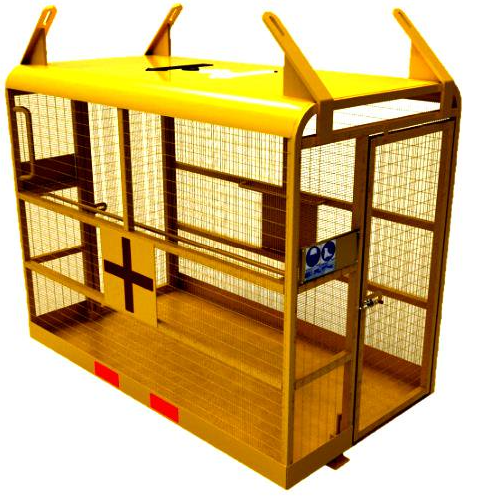
Legal and Other Requirements
- AS 1418.17 Cranes (including hoists and winches) – Design and construction of workboxes
- Tower Crane Code of Practice (Qld) 2017
- Mobile Crane Code of Practice (Qld) 2006
Document Control
Version 1 August 2019 – New Standard
Version 2 9th May 2022 - Inclusion of the requirement for a backup communication system and secondary backup system that will prevent the load from falling
